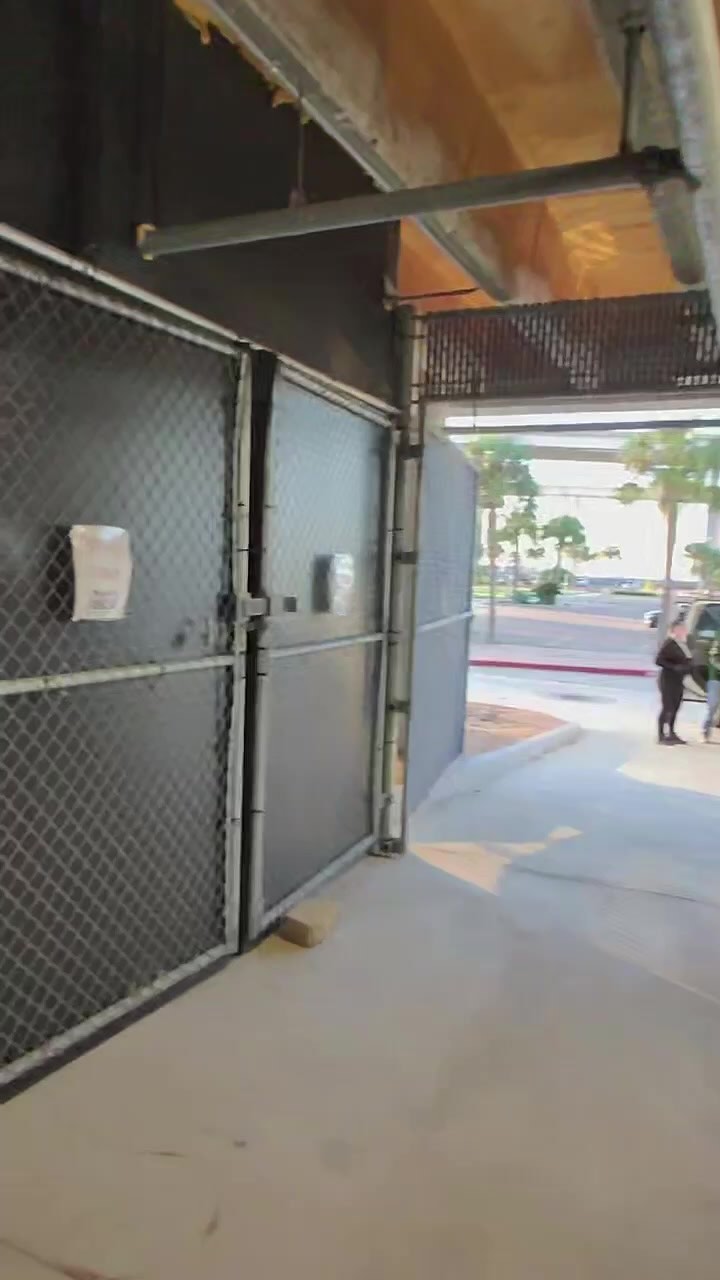- Understanding Cold Stun Events: Causes and Impacts on Sea Turtles
- The Biological Responses of Turtles to Cold Stun Conditions
- Rehabilitation Efforts for Cold Stunned Sea Turtles
- Conservation Strategies to Protect Sea Turtles from Cold Stun Events
- Engaging the Public in Sea Turtle Conservation
During the winter months, sea turtles are at risk of experiencing a phenomenon known as cold stunning. This condition can be life-threatening, and its occurrence has been notably significant in recent times, especially in January 2025. Cold stunning of sea turtles is a critical issue that requires understanding the causes, effects, and necessary intervention measures to aid these vulnerable creatures.
Understanding Cold Stun Events: Causes and Impacts on Sea Turtles
Cold stunning is a hypothermic reaction that occurs in sea turtles when water temperatures drop sharply. Sea turtles are ectothermic; their body temperature is determined by their surrounding environment. They thrive in warmer waters, and a sudden decline in water temperature can send them into shock. When the water dips below 50°F (10°C), sea turtles lose their ability to swim or even move, becoming lethargic and susceptible to drowning, predators, and other environmental threats. In January 2025, cold snap incidents were recorded along various coastal regions, emphasizing the need for immediate response to protect sea turtle populations. These events not only affect individual turtles but also have broader implications for their populations and the ecosystem’s health.
The Biological Responses of Turtles to Cold Stun Conditions
When exposed to cold stunning, sea turtles exhibit several biological responses. Respiratory functions slow down, making it difficult for them to surface for air, often leading to drowning. Additionally, digestion ceases, and their immune system becomes weakened, leaving them prone to infections and diseases. The lethargic state caused by the cold further incapacitates them, leading to higher mortality rates if left unattended. Understanding these biological responses is crucial for developing and implementing effective interventions.
Rehabilitation Efforts for Cold Stunned Sea Turtles
Rehabilitation of cold stunned sea turtles is a meticulously coordinated effort involving wildlife organizations, marine biologists, and volunteers. The primary goal is to gradually warm the turtles and restore their bodily functions. Rescued turtles are transported to rehabilitation centers, where they are slowly acclimatized to warmer temperatures in controlled environments. This process is vital to prevent thermal shock, which occurs if the body temperature is raised too quickly. Veterinary teams provide supportive care, including rehydration, administration of antibiotics to combat infections, and nutritional support. The successful rehabilitation of these turtles is testament to the dedication and expertise of those involved in wildlife conservation.
Conservation Strategies to Protect Sea Turtles from Cold Stun Events
Preventive conservation strategies are essential to mitigate the impact of future cold stun events. Monitoring sea temperature data helps predict cold snaps, allowing for timely alerts and relocation of turtles if feasible. Creating and protecting habitats that provide natural refuge during temperature drops can enhance the resilience of sea turtle populations. Furthermore, legislative measures that safeguard key habitats from human interference can contribute significantly to their long-term survival. Collaboration among scientists, conservationists, and policymakers is paramount in crafting effective strategies that address both the immediate and latent threats to sea turtles from cold stun events.
Engaging the Public in Sea Turtle Conservation
Public involvement is a powerful tool in the conservation of cold stunned sea turtles. Educational outreach programs play a vital role in raising awareness about the causes and consequences of cold stun events. By informing communities near affected areas, we can minimize direct threats such as human interference, pollution, and habitat disruption. Citizen science initiatives offer opportunities for volunteers to participate actively in rescue operations, data collection, and turtle releases. Harnessing the power of social media and digital platforms can further amplify these conservation messages, inspiring a broader audience to contribute to sea turtle preservation efforts.
Addressing cold stunning in sea turtles is a multifaceted endeavor that combines science, conservation, and public participation. By understanding and mitigating the causes, supporting rehabilitation efforts, developing effective conservation strategies, and engaging the public, we can aim to provide a safer future for sea turtles in the face of climate variability. The events of January 2025 underscore the urgency and importance of these initiatives, ensuring the continued survival of these endangered marine reptiles.
*****
Source Description
Cold stunned Sea Turtles January 2025

